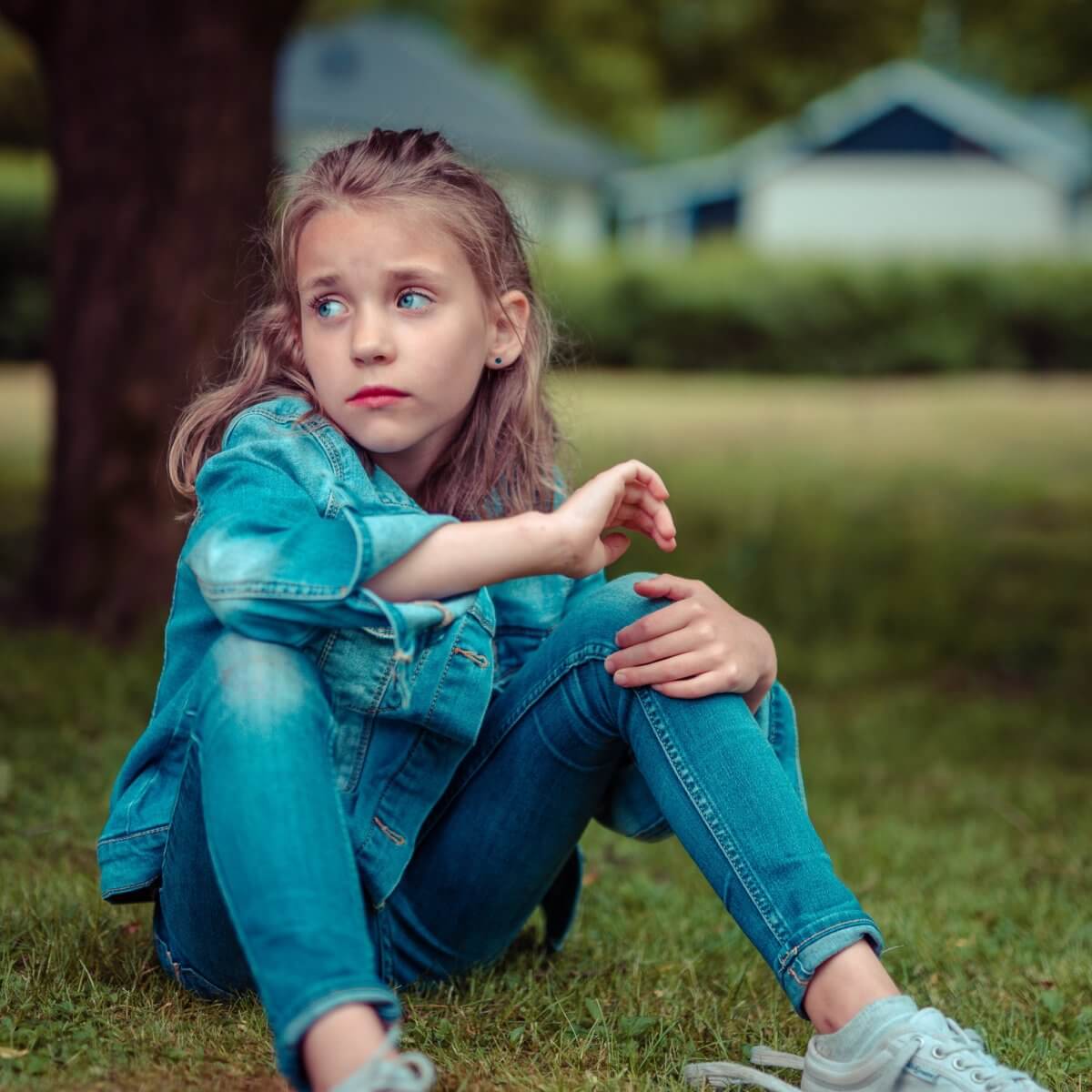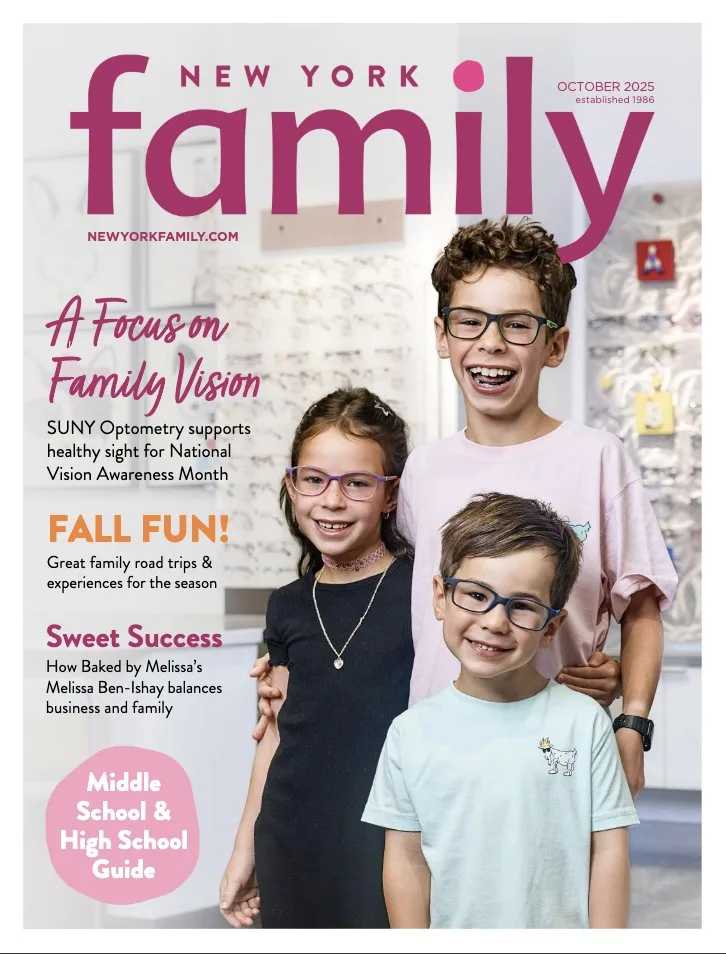
It’s true that hurt people, hurt people. Kids who are trapped in a bullying relationship experience deep power imbalances that can build in momentum and impact over time. These inequalities between children can be caused by popularity, racism, able-body privilege, gender identity and many other factors. The pain for the receiver can be immeasurable, and the outcome can have a lasting emotional and social impact on both parties.
What Is Bullying?
According to stopbullying.gov, bullying is defined as “unwanted aggressive behavior among school-aged children that involves a real or perceived power imbalance.” The behavior is repeated or has the potential to be repeated over time. There are several versions of bullying, including social, verbal, emotional and physical. These forms of bullying can happen both in person as well as through social channels such as texting and online games (thank you, technology!). This means the threat of bullying is even more significant than when many of us parents were kids. When bullying is happening, it can be constant, with no break for the entire family.
The bullied child may cope in a variety of ways. Kids might go into an emotionally frozen state and not speak out until their distress manifests into physical illness. Some children become depressed or exhibit other emotional and psychological changes, while others may try to tackle it head-on.
Addressing the Bullying
The tricky thing about our kids getting older is that we can’t just pick them up off the playground floor and walk out of the park. Resolving conflict isn’t easy once children reach a certain age. As we get older and add more depth and dimension to our relationships and social structure, the stakes become higher. The repercussions of our actions and how we choose to support both parties can significantly impact the outcome. It’s a delicate balance for everyone involved.
Dealing With Bullying
Here are some tools and suggestions for parents whose children are feeling attacked, as well as those kids who are being accused of bullying and might, therefore, feel on the defensive themselves.
Try to Stay Calm
Whether your child is the accused or the recipient of bullying behavior, let’s put on our empathic hats and collect information before we act. Our goal is to be swift, thoughtful, and to not make the situation worse.
Be Mindful of Labeling Kids
Labels feel like hard facts. When we speak in stone, we are cementing ideas about our kids as well as their perceived views of themselves. Rather than saying “so-and-so is a bully,” consider using language that feels more fluid. “My child has been bullying yours.” “My child is being bullied.” These kinds of statements offer an ending, and we are thereby planting a seed of future resolution.
Check-In With Your Kids and Do it Often
Just as we learn as new parents to consider growth, weight and perceived milestones to assess whether or not a child is thriving, it is essential to check in on how our children are doing socially. Children might share their struggles in subtle ways. Whichever mode they are in, there are usually clues and opportunities to approach these subjects throughout the school year. Sometimes it takes more cajoling than a simple “How was your day?” Learning signs of bullying and how to keep open lines of communication between you and your kids can increase the likelihood that they will be willing to share what is going on in their lives.
Circle Your Wagons
As our kids get older and move up the educational ranks, many parents experience difficulty in connecting with other families at their kids’ schools. Parents’ lives become busier and, as our children require less immediate attention there is often less opportunity for engagement with our kids’ classrooms.
This can weaken relationships among and between parents and school communities, and lack of communication can affect the willingness to partner to resolve delicate issues that children are confronted with. If bullying is something you feel is happening to your child, reach out to trusted resources for support. If you do not have a support system, look to connect with your school’s administration or a teacher in your child’s classroom. They may be able to open the channels to working with the family of the suspected bully. There are also vast online resources, such as stopbullying.gov and pacer.org.
Remember, you are not alone. According to the Society for the Positive Care of Children, nearly 30% of kids report being bullied between sixth and 12th grades, and more than 70% of kids and teachers report witnessing it. This is a systemic problem. Hopefully, we can address this issue by creating and maintaining strong community webs of support in our schools, neighborhoods, and homes, encouraging empathy and addressing unearned privilege. Let’s agree to talk and listen to each other when we are faced with these horrible situations. Let’s also work on building strong community relationships. I know I will be working on mine.



























